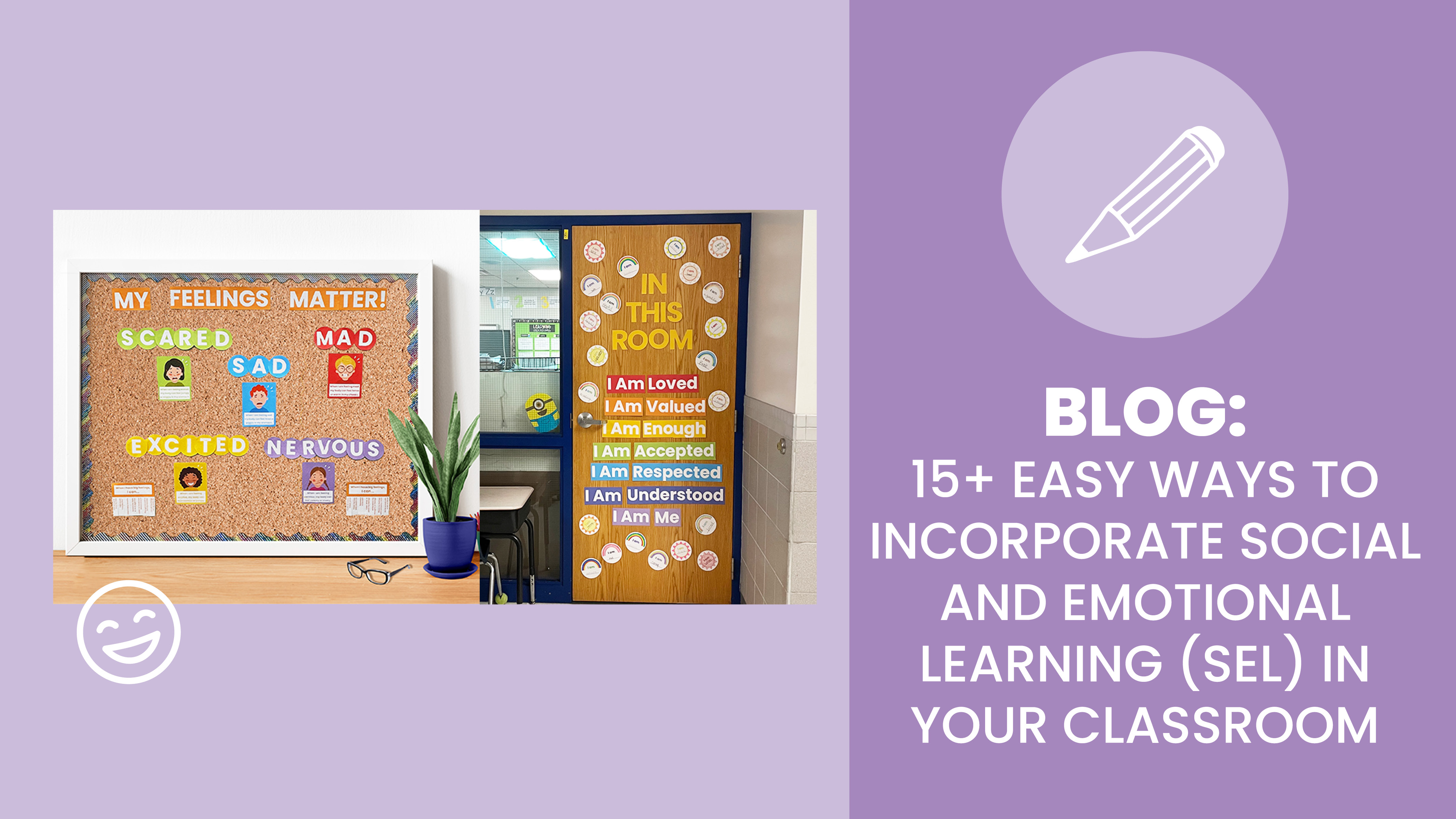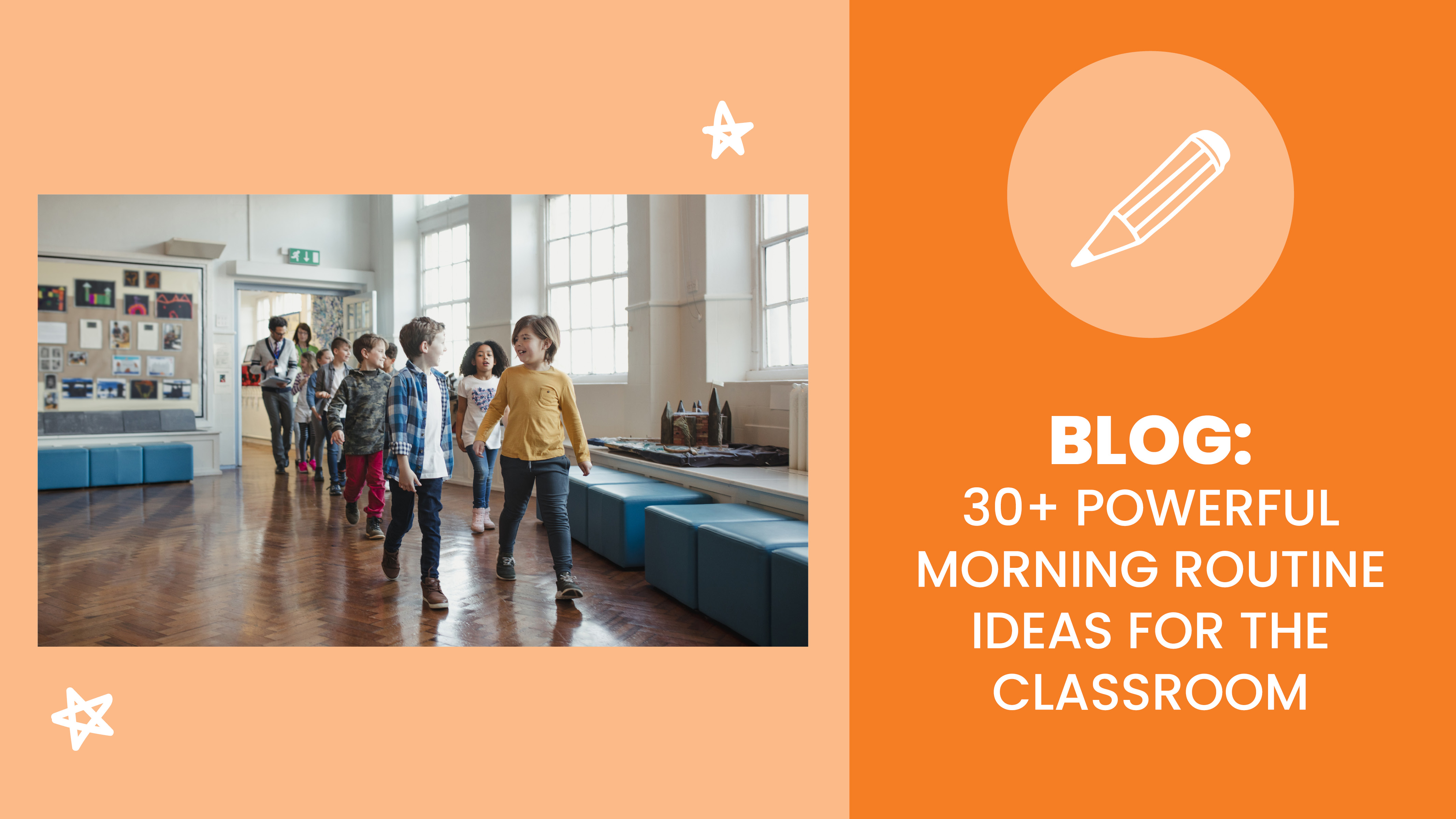We experience a wide array of emotions in life, so social and emotional skills are important to practice, no matter your age. Social and emotional learning (SEL), defined by the Collaborative for Academic, Social, and Emotional Learning, (CASEL), is the process through which all young people and adults acquire and apply the knowledge, skills, and attitudes to develop healthy identities, manage emotions, and achieve personal and collective goals, feel and show empathy for others, establish and maintain supportive relationships, and make responsible and caring decisions.
Well-implemented SEL programs can help improve learners’ academic performance, reduce classroom behaviors, and positively affect learners' success in school. Each one of our 13 complete classroom units, featuring a set of five lessons, complete with slide decks, printables, and videos, is aligned with CASEL’s social and emotional competencies.
Even if you can’t launch a new curriculum in your classroom, you can help all learners develop better social and emotional skills by incorporating new resources and changing up your routines in the classroom. Whether you have no time or you're wanting to expand your material, we have ideas for you in all kinds of settings.
No Time? No Problem!
- Daily greetings and check-ins. Keep it simple - try to greet each learner daily with a smile, eye contact, and their name. In doing just that small greeting, you are modeling positive peer behavior and acknowledging their presence. Plus, greetings like a wave, high five, or fist bump can be added too!
- Be present and ask questions. Outbursts and tantrums can be difficult to navigate but talking about the big feelings together can make a big difference. Acknowledge and validate feelings and emotions. Taking time to reflect on experiences with them allows them to feel heard and discover coping strategies they can practice moving forward.
After a challenging experience with a learner, circle back and ask some questions about what they experienced:- What feelings did they experience in that moment?
- How did they react to their experience?
- Do they feel their response could’ve been different?
- Make the most of transition time: Transition time can inevitably feel like distracting periods of the day. And that's okay! You can always give your transition times a boost with some of our favorite quick SEL activities.
- Just Breathe: Making time to practice breathing is an awesome way to teach your kids a simple self-soothing technique! Queue up this Animal Breathing Techniques Video or the Relax with Dakota Mindful Meditation Video during your next lesson transition. Plus, both are available in English and Spanish!
- Feelings and Emotions Chart: During transition times, say aloud, “Feelings Check In!” and ask them to put a checkmark under the emotion they feel at that moment. At the end of the day, encourage them to review the feelings and emotions they’ve marked throughout the day to teach them about how feelings and emotions come and go.
Deck the Halls - SEL Style
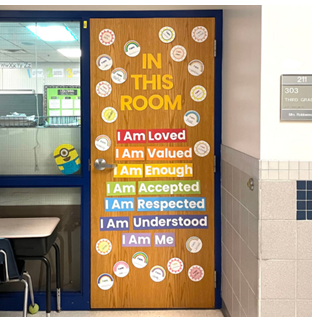
- Improve your mood at the door with inclusivity and acceptance. Whether you want your class to do a quick mood check-in or start their day feeling valued and seen, we have a free printable door kit for your classroom! You can choose from It’s a Good Day for a Good Day or the In This Room kit for your class to enjoy.
- Set up a Cozy Spot. What is a cozy spot? It’s a safe, comfortable space in your classroom aimed at providing a learner with a space to go to when they feel the need to regulate their emotions without feeling punished. Use the free printables to decorate a space in the classroom and add sensory toys, puzzles, or cozy seating.
- Make an interactive bulletin board. Our free bulletin board printable kit has all the pieces you need for the ultimate classroom SEL resource! With positive affirmations, healthy coping strategies, emotional recognition practices, and more, kids can take what they need to self-soothe or practice mindfulness before their next activity or lesson.
- Install a movement-inspired sensory path. A sensory path is a series of guided movements or activities for kids to follow shown by creative posters or markings. Some pathways are focused only on movement, but Wellness Way is a 32-page printable pack that features a mood-specific pathway where kids can practice positive affirmations and identify their feelings.
- Hang up a poster. Our Managing Emotions Printable Poster gives students a consistent reminder on how they can identify their feelings and practice their coping strategies. All you have to do is print and hang!
Talk-it-Out
- Encourage group and partner work. Being able to work well with others is an important life skill that encourages your kids to learn about empathy and teamwork. For early learners, you can print the Find the Feeling Matching Game to help kids recognize and label feelings.
- Morning Routines: This daily practice can start your classroom’s day on a positive foot while incorporating social and emotional lessons. Check out over 30 Morning Routine ideas here!
SEL Mindfulness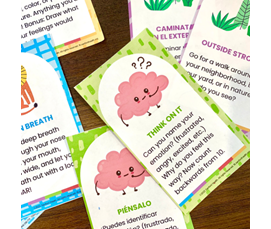
- Take a mindful moment. Give learners a moment to be mindful and a chance to control how they want to self-reflect. With these printable Mindful Moments Cards, they have a range of options to choose from! From movement-oriented activities to simple sensory activities, there’s a way to meet every kid’s needs.
- Mindful meditation time. Dim your classroom lights and play some soothing music and enjoy some mindfulness time as a group! Ask your kids to think about how they want to feel that day and use that feeling to create an affirmation using “I am…” statements.
- Keep cool with coping strategies. Use these dual-language cards to help them cope with their feelings and emotions in a healthy way. The cards can be laminated and placed on a binder ring to be used in a cozy spot or as a teaching tool. Depending on the card, give learners about 15 minutes to practice coping skills with a partner or in a small group.
- Take a yoga break. So many learners love a movement break, and yoga is the perfect way to incorporate mindful movement. That’s where the Grow Your Flow: Simple Yoga Pose Cards come in! Pull a card and practice a pose as a group, and soon you’ll have a class full of yoga pros.
Create and Validate
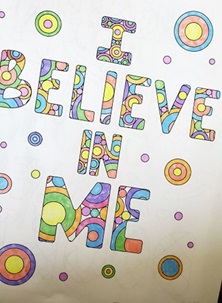
- Identify and name feelings to create a supportive classroom. Giving learners the words they need to describe what they are feeling is the first step to building healthy coping skills. You can use one of our emotion printables or the Emoji Mood Cards to help them convey their feelings when they aren’t sure what words to use. Print, cut, and assemble the cards on a binder ring for learners to express their feelings individually!
- The power of positivity. One of the most common ways for kids to learn is through illustrations and visuals, and what better than pages they can color themselves? Print off these Positive Self-Talk Coloring Pages in English or Spanish and put them in a folder or make them part of your lesson to encourage kids’ creative and kindness skills.
If kids are experiencing overwhelming feelings and emotions, it’s important to provide them with helpful tools and allow them time to self-regulate. Research suggests that the best way for kids to learn how to regulate their emotions is to practice when emotions are not heightened.
Ready for More? You Might Also Like:
Cheat Sheet for Caregivers: Coping with BIG Feelings and Anxiety
Building SEL Skills with the Emoji Mood Cards
Kid Coping Strategies Poster Pack
